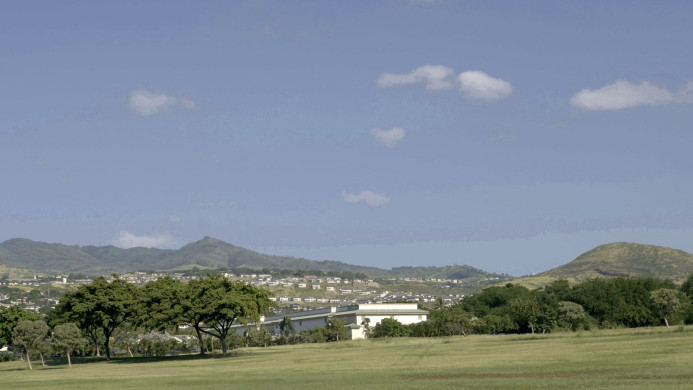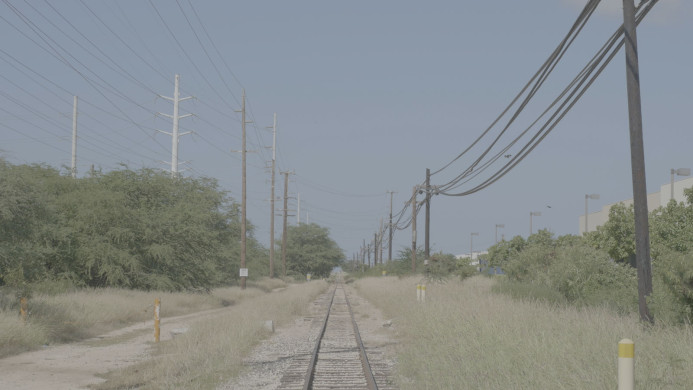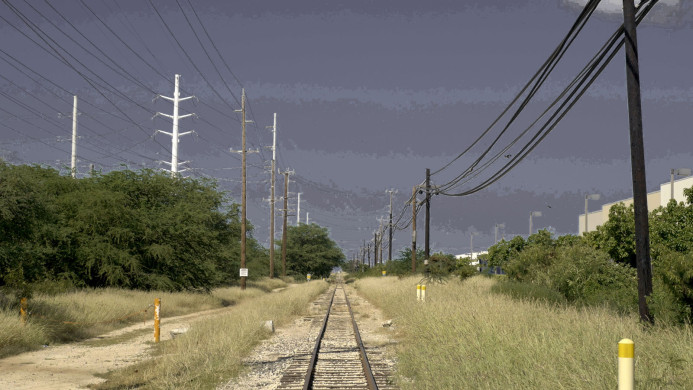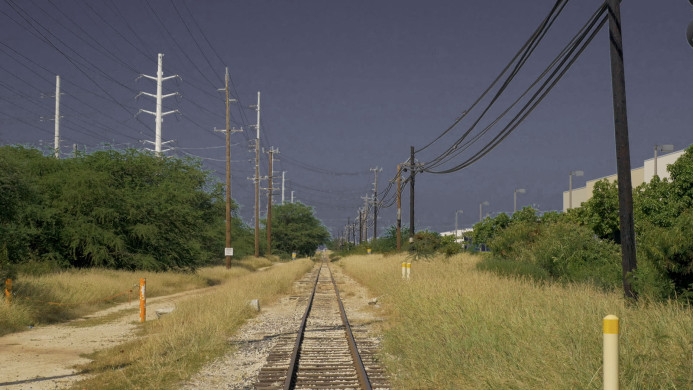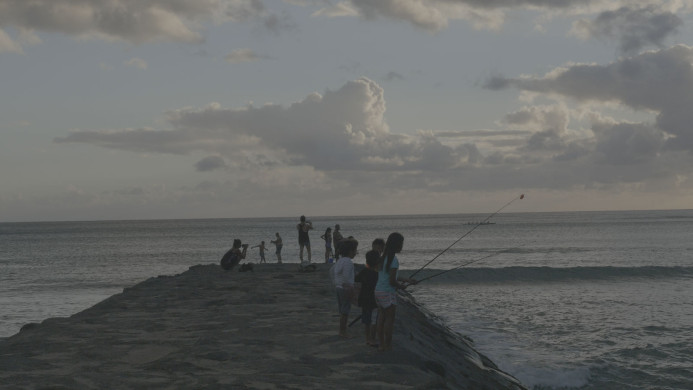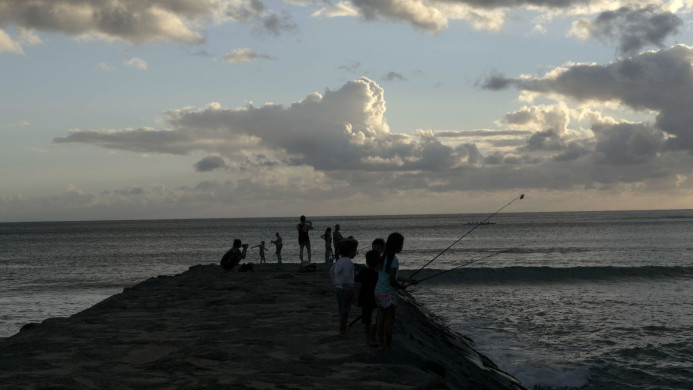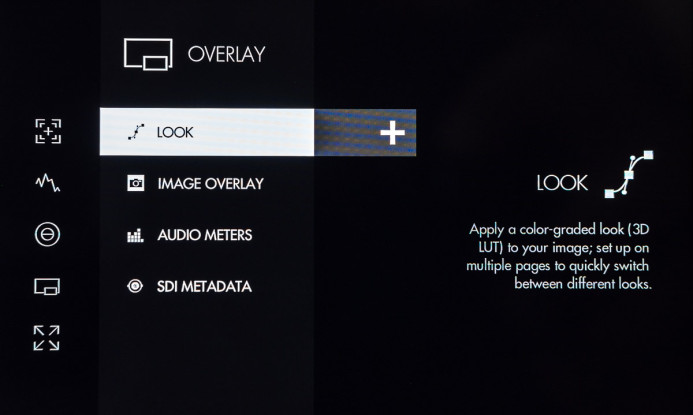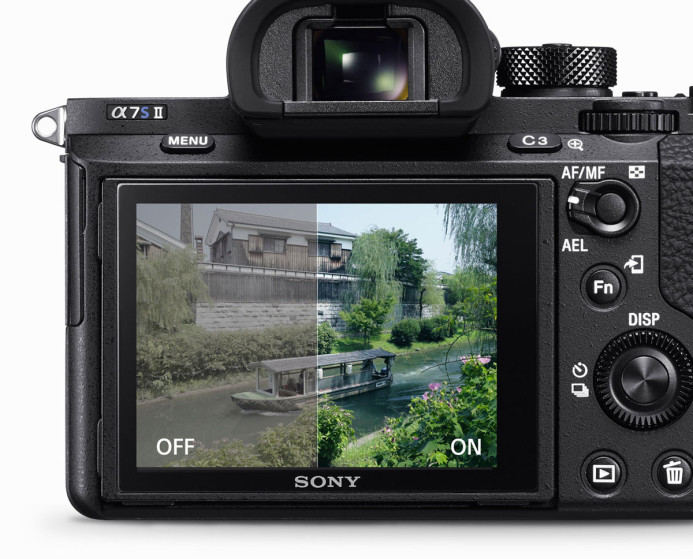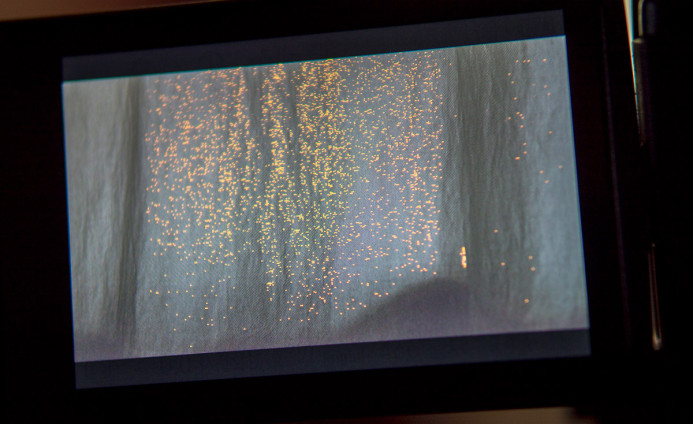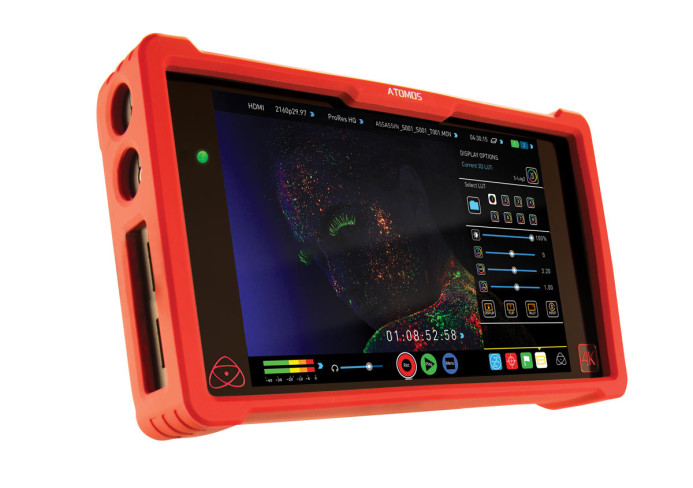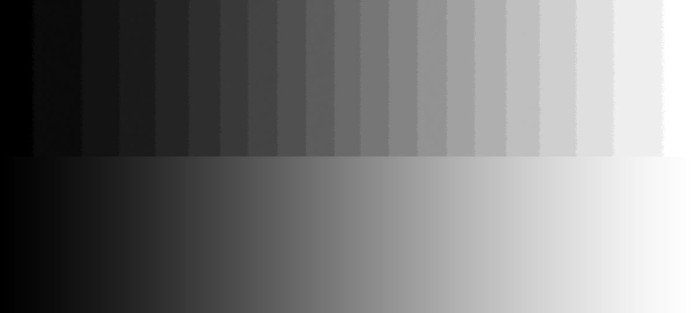Why I Said No to V-Log on the Panasonic GH4
The Panasonic GH4 finally has a log profile, but there are a few reasons why V-Log may not right for your projects.
SOL sits on the porch, peacefully watching the sun set.
A delivery van pulls up to the driveway in front of the porch.
FRIENDLY DELIVERY MAN (FDM) gets out of the van and ambles over to the porch’s front gate carrying a small white box.
It took well over a month for the V-Log activation to arrive at my doorstep after I had placed my order. I suppose I should thank Panasonic for taking so long to ship it, because by that time, I was able to thoroughly test a GH4 with V-Log in a variety of situations and determine that it currently is not a good fit for my needs.
In fact, there are several situations where using V-Log degrades image quality, compared to using one of the GH4’s default profiles.
If you’re wondering whether V-Log is right for you and worth the investment, read on to find out why I said “no” to V-Log.
Banding, Banding, Banding
Look, up in the sky! What’s that?
Banding.
V-Log’s propensity to cause banding is particularly visible in blue skies and other large areas with subtle gradations of shades and colors. Instead of blending smoothly from one to another, the colors appear as distinct bands of separate colors.
Banding may not be too visible at first (especially when viewing the native log footage), but it quickly starts creeping in when you begin grading the image.
Here’s a more extreme example that more clearly shows banding in the sky when shooting in V-Log. It’s not as severe as the Sony a7S II’s banding when shooting in S-Log 3, but it still ruins the shot.
Here’s the same scene shot in Cine-D for comparison. It’s far from pristine, but in motion, the artifacts are much less noticeable than the fixed banding you get in V-Log:
One of the key reasons to shoot in log is to have more flexibility for color grading, so V-Log’s tendency to cause banding is definitely limiting. You’ll often have to stick with a very light grade to keep banding from standing out too much, and even then you might not be able to avoid it entirely.
I shoot a lot of outdoor footage in places like Hawaii, California, and Japan, where expansive blue skies are in every single shot, so banding definitely poses a problem. This makes V-Log a non-starter in these types of environments, though it can even be an issue when shooting interiors, as demonstrated in this test by Zak Forsman:
Compression Artifacts
Despite the GH4’s class-leading 100Mbps video bitrate, the H.264 codec used by the camera is still highly compressed. The effects of this compression are present in all of the GH4’s picture styles, especially in low-contrast areas, which H.264 doesn’t handle too well.
Unfortunately, when you’re shooting in V-Log, practically the entire frame is low contrast. This stresses the codec, leading to artifacts such as chroma smearing, which shows up as ugly magenta/green blotches in your footage.
Here’s a good example of chroma smearing in V-Log footage by Jopereira (blotchiness on white sofa):
Compression artifacts like this can ruin your footage. While there are some LUTs that appear to mitigate this chroma smearing, it cannot always be completely hidden.
Gauging Exposure is Hard
Log-encoded footage is great for giving you more to work with in post-production, but it’s not ideal for monitoring what you’re shooting.
Shadows are lifted and highlights are lowered in log footage, making it difficult to get a clear idea of your scene’s actual contrast ratios. Your talent could be swimming in the shadows, but you might not realize this until you conform the footage to Rec. 709 in post.
Accurately evaluating exposure with this type of low contrast footage takes getting used to, which is why an increasing number of external monitors, EVFs, and recorders allow you to load LUTs to help you monitor your footage with a more familiar Rec. 709 gamma while shooting.
Some cameras– such as Sony’s a7S II– have tools for monitoring your footage in Rec. 709 while recording in log, giving you the best of both worlds– flexibility in post and an adjusted preview to use during shooting.
Of course, monitoring your footage in log is more of an inconvenience than anything else because you should never trust your camera’s monitor anyway. It’s not calibrated nor does it cover the full color gamut, so it should not be depended on for critical analysis of things like exposure, color, or dynamic range.
The GH4’s histogram and zebras should be used for setting your exposure, but a Rec. 709 preview would simply give you some additional peace of mind when shooting.
Nothing to Focus On
Exposure might be manageable once you get used to V-Log’s low contrast footage, but nailing focus can be a real hassle.
V-Log’s low contrast output causes edges to appear less defined. This makes it more difficult to see what is sharply in focus, especially when viewing your footage through the GH4’s small EVF.
What about focus peaking then? Unfortunately, the GH4’s focus peaking might be more thrown off by V-Log’s low contrast footage than you are. Peaking dots show up all over the screen, rather than just on the in-focus areas, making focus peaking far less usable when shooting in V-Log.
Once again, the ability to load LUTs or at least a basic Rec. 709 preview when shooting in V-Log would be incredibly helpful for nailing focus. Such a feature should be possible, but the way things are looking, we’re more likely to see such a feature on the GH5, not in a firmware update for the GH4.
I would love to be wrong though.
The Solution: Go External
When you get right down to it, V-Log is simply not ideal for anyone recording internally on the GH4. However, most of the issues disappear completely when you use an external recorder to capture your footage.
For example, banding is greatly reduced by capturing the GH4’s 10-bit 4:2:2 HDMI output with an external recorder. Instead of being limited by the GH4’s internal 8-bit 4:2:0 resolution (which is actually closer to 7-bits due to V-Log’s gamma curve), the 10-bit recordings will have much smoother gradations between different shades of colors.
External recorders also capture video at higher bitrates using better codecs like ProRes and DNxHD. This resolves compression issues such as chroma smearing that you get when recording to a codec like H.264.
Many external recorders also have the ability to load LUTs that allow to to monitor your footage in Rec. 709 as you shoot. Even better, most recorders also have tools like a waveform monitor and false color to easily evaluate your exposure, not to mention punch-in magnification for nailing focus.
Here are some 10-bit external recorders that allow you to load LUT files:
- Video Devices PIX-E5H ($1195)
- Atomos Assassin ($1295)
- Atomos Shogun ($1995)
An external recorder is indeed a viable solution, but it’s also the main reason I won’t be using V-Log for now. Most of my projects require me to be as mobile as possible, making the added bulk and complexity of an external recorder impractical.
If you already shoot with an external recorder, then V-Log’s improved color accuracy and smoother highlight roll-off make it a solid option. However, if you need to shoot internally to as stay light and mobile as possible, then it’s probably best to stay away from V-Log.
I may pick up V-Log for the GH4 if I find myself using an external more often in the future, but for now, I’m sticking to the GH4’s original picture styles. Stay tuned or sign up for automatic updates below to find out what settings I’m using to get the best image out of my internal GH4 recordings in this post-V-Log era.
Related
- Panasonic GH4
- Panasonic GH4 V-Log L Activation
- External Recorders
Configuring the Panasonic GH4 for Video
- Panasonic GH4 Configuration Overview
- 5 Minute Quick-Setup Guide
- Fun with Function Buttons: The Best Settings for Filmmakers
- Shoot Better Video with these Quick Menu Settings for the Panasonic GH4
- 5 Custom Profiles to Supercharge the Panasonic GH4 for Video Production
- Unlock the Panasonic GH4’s Full Range of ISO Options
- Why You Should Shoot at 100Mbps (Not 200Mbps)
- Set Up Your GH4 with These Video Guides
- Panasonic GH4’s Shutter Speed Stuck at 1 Second? Here’s the Fix.
V-Log
More Panasonic GH4 Guides
- Why You Should Be Excited About the Panasonic GH4
- Lenses for the Panasonic GH4 — Awesome glass for an awesome camera.
- Memory Cards for the Panasonic GH4 — Get the right memory cards for HD and 4K.
- Configuring the Panasonic GH4 for Video Production — Set the GH4 up for filmmaking.
- Rigging the Panasonic GH4 — Cages, Rigs, Components, Gear, and Reviews.
- Stabilizing the Panasonic GH4 — Tripods, Monopods, Sliders, 3-Axis Gimbals, etc.
- Maximizing the Panasonic GH4’s Audio Performance — Sound matters.
- Powering the Panasonic GH4 — Keep the GH4 shooting all day.
- Should you buy the YAGH for the Panasonic GH4?
- 6 Reasons Why DSLR Shooters Love the Panasonic GH4
